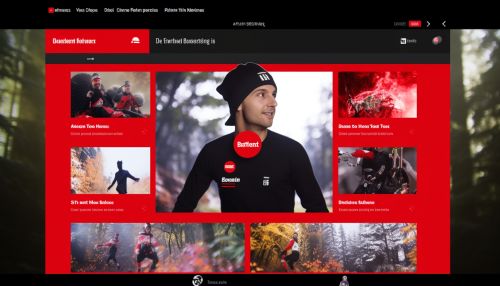YouTube
History
YouTube was created by three former PayPal employees in February 2005. The idea was born out of the difficulties they experienced when trying to share videos from a dinner party. The site was officially launched in November 2005. Google, recognizing the potential of the platform, acquired YouTube in November 2006 for $1.65 billion in stock.
Platform Overview
YouTube is a video-sharing platform that allows users to upload, share, and view videos. It uses Adobe Flash Video and HTML5 technology to display a wide variety of user-generated and corporate media videos. Available content includes video clips, TV show clips, music videos, short and documentary films, audio recordings, movie trailers, live streams, and other content such as video blogging, short original videos, and educational videos.


Content Accessibility
YouTube offers a variety of ways to consume content. Users can watch videos on the site, embed them in other sites, or download them. The platform also offers a mobile version for users on the go. YouTube's API allows other websites or applications to integrate YouTube's video content and functionality.
User Features and Community
YouTube has a variety of features that enhance user experience and foster a sense of community. Users can subscribe to channels they enjoy, share videos on social media, comment on videos, and create playlists. The site also offers a 'watch later' feature that allows users to bookmark videos for future viewing. YouTube's community features include channels, subscriptions, likes and dislikes, comments, and the ability to share videos on various social media platforms.
Monetization
YouTube generates revenue through Google AdSense, a program which targets ads according to site content and audience. The vast majority of its videos are free to view, but there are exceptions, including subscription-based premium channels, film rentals, as well as YouTube Music and YouTube Premium, subscription services offering ad-free access to the website and original content.
Impact and Influence
YouTube has had a significant impact on the global media landscape. It has democratized content creation, allowing anyone with a camera and internet connection to reach a global audience. It has also disrupted traditional media distribution models, allowing content creators to bypass traditional gatekeepers such as broadcasters and film studios.
Criticism and Controversy
YouTube has faced criticism and controversy over various issues, including copyright infringement, censorship, and hate speech. It has also faced backlash over its handling of inappropriate content and misinformation. Despite these challenges, YouTube remains a dominant force in the online video market.
See Also
Google Video sharing Social media Online advertising Digital media
